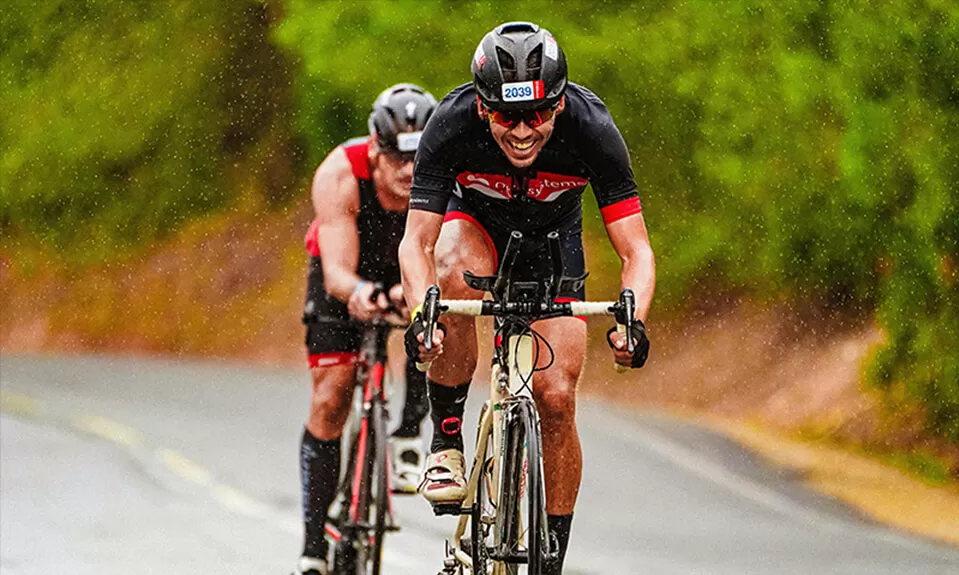Electronic shifting bikes generally perform well in cold weather, but there are a few considerations to keep in mind. Battery life can be reduced in low temperatures, so it’s important to keep the battery charged and, if possible, store the bike in a warmer environment when not in use. Additionally, the electronic components are designed to be weather-resistant, but extreme cold can sometimes affect performance. Regular maintenance and checks can help ensure reliable operation in colder conditions.


Electronic shifting bikes use battery-powered motors to move the derailleurs, providing precise and quick gear changes with the push of a button. In contrast, mechanical shifting bikes rely on cables and levers to manually move the derailleurs, which can be less precise and require more effort.
Electronic systems generally require less frequent maintenance but depend on battery life and electronic components, which can fail. Mechanical systems are typically more reliable in harsh conditions and easier to fix on the go, as they don't rely on electronic parts.
The battery life of an electronic shifting bike typically ranges from 1,000 to 2,000 kilometers (620 to 1,240 miles) per charge, depending on the specific system and usage conditions. Factors such as terrain, frequency of shifting, and temperature can influence battery longevity. Most modern systems, like Shimano Di2 or SRAM eTap, offer reliable performance and can last several weeks to months on a single charge for average riders. Regularly checking and maintaining the battery ensures optimal performance and prevents unexpected power loss.

Want to Get More Details About Bikes & Components?
We're waiting for your contact!